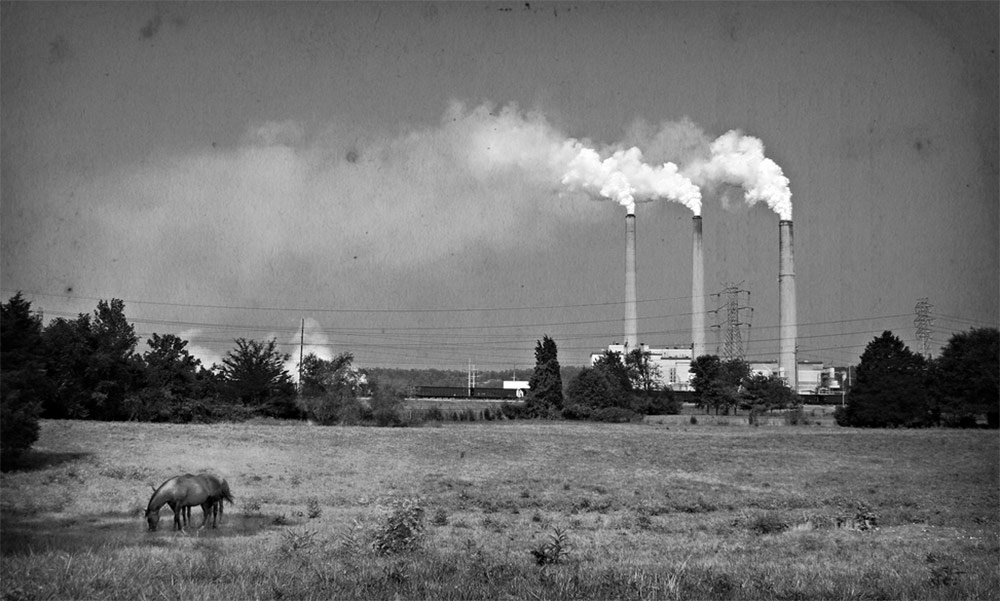Nearly 200 old coal power plants have closed in the last five years, and dozens more are on the brink of closure, John Cushman Jr. reported for InsideClimate News as part of an ongoing series, Coal’s Long Goodbye: Dispatches From the War on Carbon. A previous story focused on how Kentucky—where state lawmakers have strongly opposed proposed rules to cut CO2 emissions—is already nearing compliance with the rules without meaning to.
“When Duke Energy announced a billion-dollar plan to shut down a 50-year-old coal power plant, switching the 376-megawatt site over to cheap natural gas and clean solar, the company proclaimed the ‘end of the coal era in Asheville, N.C.,'” Cushman wrote. “The largest electricity plant in western North Carolina—where Duke has closed half its coal-fired plants in the past five years—burns 700,000 tons of coal each year, some 6,300 rail cars full. Anti-coal campaigners have sought its closure for years.”

“Across the industry, old plants like this one are closing under the weight of a broad range of federal regulations and under competitive pressure from natural gas and renewables,” Cushman wrote.
The Asheville closure “illustrates just how many forces have been assembled on one side of the so-called war on coal,” Cushman wrote. “For decades, coal has been fighting for its survival on many different regulatory fronts at once, from limiting climate-warming carbon to lung-scarring pollutants to water-soiling waste. The regulations are often looked at and judged in isolation, but they work in concert, and their combined power has gathered so much force that even Duke, which had resisted ending the use of coal in Asheville, now calls it a ‘win-win-win’ for the company, the community and the environment.”
“At the Asheville plant, Duke said, the links between various pollution targets were plain,” Cushman wrote. “As gas and solar replace coal there, sulfur dioxide emissions, which environmentalists had complained were hitting unhealthy levels, would go down 90 to 95 percent; nitrogen oxides down 35 percent. Mercury pollution, being regulated for the first time this year, would drop to zero. Water withdrawn from nearby Lake Julian, for cooling, would go down 97 percent, and water discharges would drop 50 percent.”
Government estimates say that the carbon dioxide regulations could lead to the closure of an additional 50 gigawatts of coal fired capacity in the next decade, on top of 40 gigawatts that would be expected to close without new controls on carbon, Cushman wrote.
[Editor’s Note: This article was cross-posted from The Rural Blog. Top image by Diane Deaton-Street / Flickr.]


